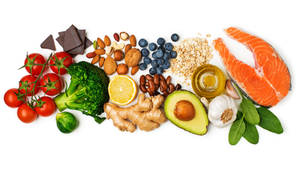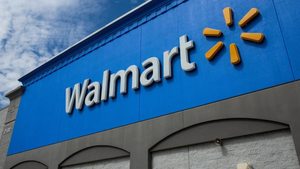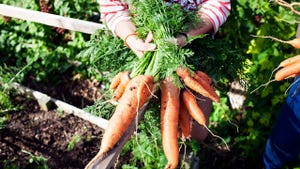Even at higher prices, shoppers are buying a lot of frozen food
Over the past year, frozen food sales have surpassed $70 billion, up 31% since 2019, according to new data.
October 14, 2022

Value, convenience and healthy options are the reasons why consumers have been purchasing frozen food this year, according to a study from global integrated sales and marketing company Acosta. The company’s Frozen Food Trends & Insights study said frozen food sales have exceeded $70 billion over the past year, according to NielsenIQ, which is a 7.6% increase from 2021 and a 31% increase from 2019 pre-pandemic sales.
“Two years ago, our research attributed frozen food sales growth predominantly to the pandemic and the resulting evolution of consumer demand with more people cooking at home,” said Kathy Risch, SVP, consumer insights and trends at Acosta, in a statement.
Ninety-eight percent of households purchase frozen foods, and 86% of those shoppers visit the frozen section on all or most of their grocery visits. Although 93% of shoppers are noticing higher prices on frozen foods, 67% of consumers believe that frozen food for the most part provides better value than non-frozen food, according to the study.
Vegetables, fruit, meat, fish and pizza were examples of frozen foods that consumers purchase based on value. Thus, it was noted that 40% of shoppers spend more time looking for deals on frozen foods. Additionally, shopping for frozen foods at club stores has jumped 5% this year, with 52% of households saying they buy in bulk to save money.
“Today, even as the average unit price for frozen products has risen 15% over 2021, consumers continue to select frozen as a key part of their food shopping experience,” said Risch. “We�’ve found that criteria for purchase are balanced between the requirements of affordability and value, healthy choices that meet dietary or lifestyle needs, convenience of preparation and a bit of comfort.”
Of the types of frozen foods that are being purchased, 91% of consumers selected desserts as a form of comfort, convenience and indulgence. Eighty-nine percent of consumers purchased prepared foods, with 59% saying that they recently had a frozen main dish instead of eating outside of their home. Vegetables were purchased by 75% of shoppers, as many consumers consider frozen vegetables to be healthier and a better value than fresh vegetables. Also, consumers prefer to purchase frozen foods in-store vs. online, the study found, due to “handling concerns” and shoppers overall opting to choose products themselves.
“There is an opportunity to do more to engage with customers and drive excitement and purchase in the frozen section, in-store and online, through targeted omnichannel marketing, sales promotions and experiential retailing,” said Risch. “Understanding the consumer mindset in frozen will play an important role in supporting anticipated growth and driving purchase decisions.”
About the Author
You May Also Like




